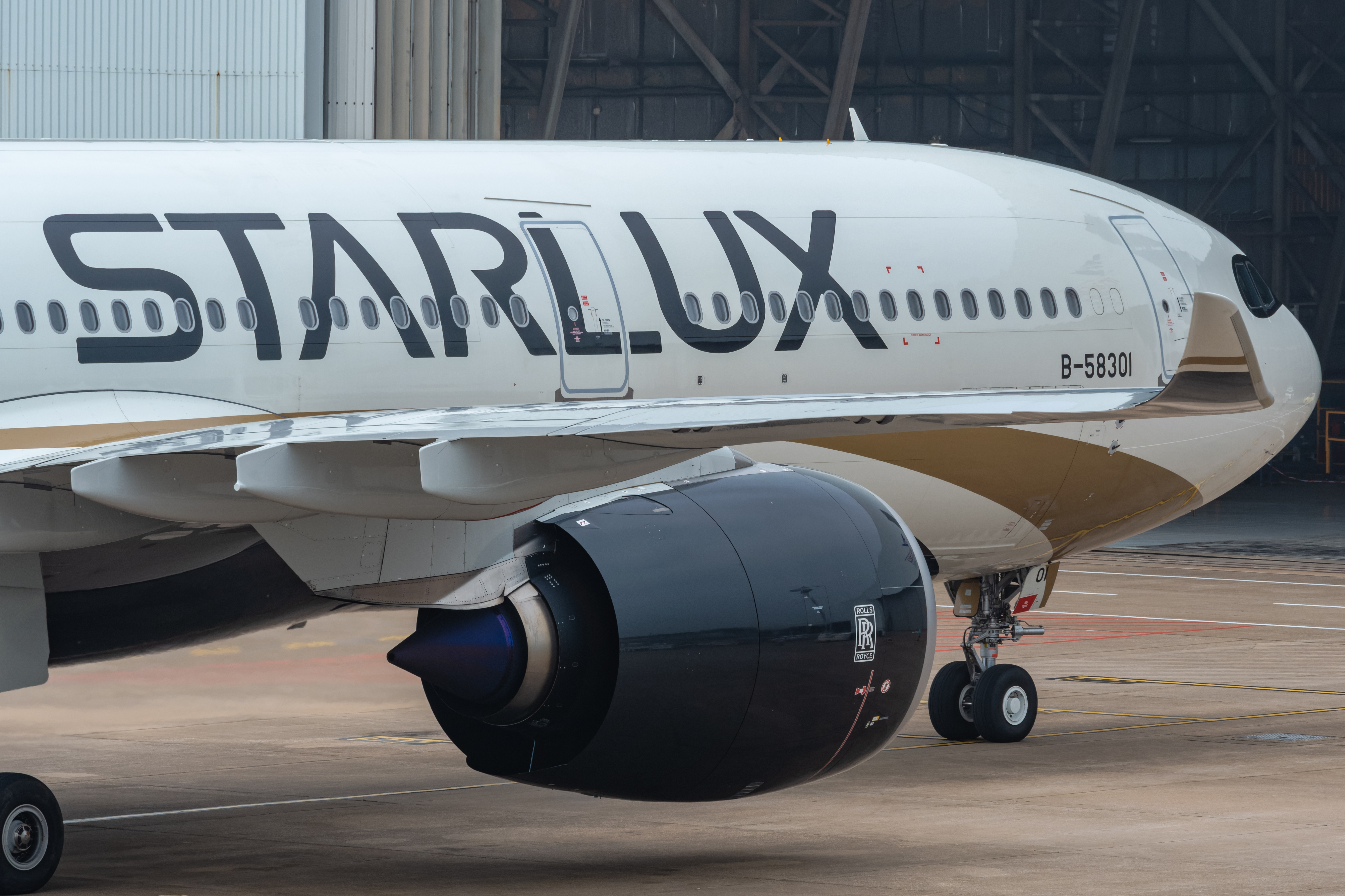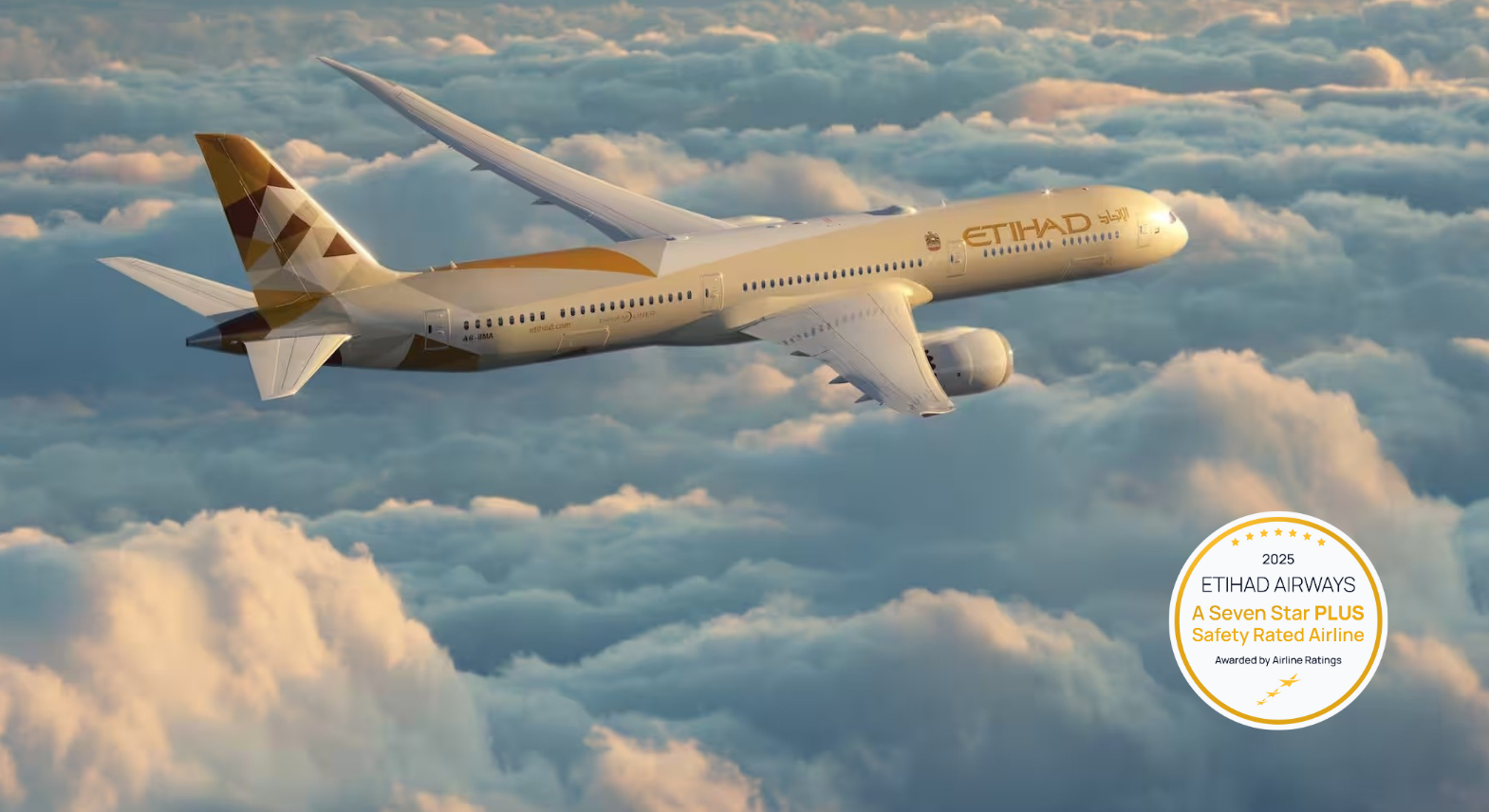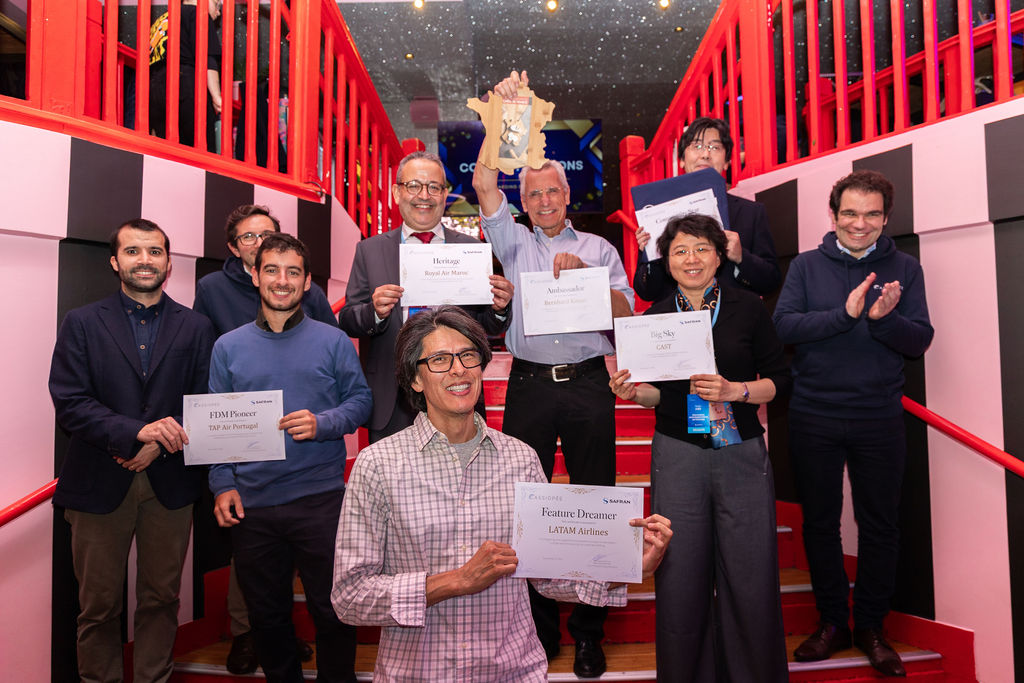
“We studying everything all the time!”
That is the way Mike Sinnett, VP Product Development at Boeing , summed up the aerospace giant’s relentless bid to stay ahead of the competition at this year’s Paris Air Show as it wrapped up last weekend.
SEE: Stunning video of Paris Air Show
And that competition is coming in many forms: from new airliners from the Canadians, Russians, Chinese, Brazilians with airliners to cutting-edge start-up aerospace companies such as Blake Scholl’s Boom and its promise to fly passengers at Mach 2.2 over the Atlantic again from 2023.
Mr Sinnett said Boeing is working on “low [sonic] boom technology, and examining how supersonics would work in a commercial field. “It will be a very difficult case to close, but very important to work on,” he added.
And the size? “Anything from a business jet to small passenger planes, seating under 70.”
However, Mr Sinnett warned “you burn a lot of fuel to go fast” and Boeing is well away from closing any business case. The technology just isn’t there, he argues, adn while he does expect a supersonic plane within 20 years, it will maybe not Boeing.
However, he declined to address start-up Boom Aerospace’s plans.
On “more conventional” aircraft, Mr Sinnett said Boeing is working on a host of designs from the flying wing to an aircraft only a mother could love.
One of the more exciting prospects – the flying wing or Blended Wing Body (BWB) - has in fact been around for years. For some time Boeing shied away from the BWB because of airport infrastructure, and the gate width of the BWB’s wingspan. But Mr Sinnett told media that “if a high span is so much more fuel efficient, infrastructure will change.”
He said that the ideal BWB would seat 300 seats and it has solved all the issues surrounding passenger acceptance of the unconventional nature of the aircraft.
The BWB is, in fact, a lifting body and passengers sit in the wing box which would resemble a small picture theater.
As mentioned the Flying Wing is not new and dates back to the 1940s. Below is a video touting the virtues of the Northrop concept of the late 1940s.
Boeing is also looking at an
autonomous aircraft that could be a small hybrid-electric freighter.
“It’s an important step to help us flesh out that technology,” said Mr Sinnett.
He suggests that the technology for autonomous flight is a much bigger challenge than public acceptance. “We need to figure out what the possibilities are, and we need to do it in a responsible way,” he said. “When you think about the outcomes, one outcome may be that we can’t do it.
Mr Sinnett said that Boeing’s first autonomous aircraft would most probably be a small freighter. “It would be so ugly that no pilot would want to fly it anyway.”
However seriously Mr Sinnett suggested that Boeing’s push to autonomous aircraft may just lead to “fewer pilots on long-haul flights” which typically carry four.
The big question is, said Mr Sinnett with all the forecast growth in air traffic "how do we ensure that all the aircraft forecasted are crewed in the future?"
"When I look at the future, I see a need for 41,000 commercial jet airplanes over the course of the next 20 years. And that means we are going to need something like 617,000 more pilots - that's a lot of pilots," said Mr Sinnett.
He noted that autopilots had been around for almost as long as powered flight but getting a computer to fly an aircraft from gate to gate and handle unexpected and contingencies is another thing entirely.
He is skeptical that a computer could be programmed for such a mission and machine learning (AI) is the only solution. But the warning is “for a machine to make decisions, you can’t have a case where the decision maker will always make the same decisions.”
“Humans don’t operate that way,” said Mr Sinnett. “We have to be able to know that the decisions the plane would make are both bounded and acceptable. We’re working very specifically to understand where the pilot steps into a safety situation.”
However, Boeing is looking at every aspect and exploring autonomy for civil aircraft with trials of autonomous ground taxiing, machine learning, and High Integrity Systems.
Mr Sinnett added that “the basic building blocks of the technology clearly are available."
Boeing will test the artificial intelligence technology in a cockpit simulator this summer and then fly it on “an airplane next year.”
While Boeing may find a pilotless aircraft may be impossible, “useful lessons will be learned along the way, perhaps for autonomous freighter aircraft, or reduced crew for long-haul flights.”
Asked what the timeline might be, Mr Sinnett joked: "I know two things, it's not before 2040, and that I am wrong."
To prove up many aspects of this and other technologies Boeing will fly a 777 as the next EcoDemonstrator in Spring 2018.
It will test propulsion advancements, advanced materials, efficient flight operations, and lower fuel burn. Another EcoDemonstrator – a 787 - will follow in 2019 and it will test interior concepts and capabilities with a focus on Boeing’s NMA or 797.

 “We studying everything all the time!”
That is the way Mike Sinnett, VP Product Development at Boeing , summed up the aerospace giant’s relentless bid to stay ahead of the competition at this year’s Paris Air Show as it wrapped up last weekend.
SEE: Stunning video of Paris Air Show
And that competition is coming in many forms: from new airliners from the Canadians, Russians, Chinese, Brazilians with airliners to cutting-edge start-up aerospace companies such as Blake Scholl’s Boom and its promise to fly passengers at Mach 2.2 over the Atlantic again from 2023.
Mr Sinnett said Boeing is working on “low [sonic] boom technology, and examining how supersonics would work in a commercial field. “It will be a very difficult case to close, but very important to work on,” he added.
And the size? “Anything from a business jet to small passenger planes, seating under 70.”
However, Mr Sinnett warned “you burn a lot of fuel to go fast” and Boeing is well away from closing any business case. The technology just isn’t there, he argues, adn while he does expect a supersonic plane within 20 years, it will maybe not Boeing.
However, he declined to address start-up Boom Aerospace’s plans.
On “more conventional” aircraft, Mr Sinnett said Boeing is working on a host of designs from the flying wing to an aircraft only a mother could love.
One of the more exciting prospects – the flying wing or Blended Wing Body (BWB) - has in fact been around for years. For some time Boeing shied away from the BWB because of airport infrastructure, and the gate width of the BWB’s wingspan. But Mr Sinnett told media that “if a high span is so much more fuel efficient, infrastructure will change.”
He said that the ideal BWB would seat 300 seats and it has solved all the issues surrounding passenger acceptance of the unconventional nature of the aircraft.
The BWB is, in fact, a lifting body and passengers sit in the wing box which would resemble a small picture theater.
As mentioned the Flying Wing is not new and dates back to the 1940s. Below is a video touting the virtues of the Northrop concept of the late 1940s.
“We studying everything all the time!”
That is the way Mike Sinnett, VP Product Development at Boeing , summed up the aerospace giant’s relentless bid to stay ahead of the competition at this year’s Paris Air Show as it wrapped up last weekend.
SEE: Stunning video of Paris Air Show
And that competition is coming in many forms: from new airliners from the Canadians, Russians, Chinese, Brazilians with airliners to cutting-edge start-up aerospace companies such as Blake Scholl’s Boom and its promise to fly passengers at Mach 2.2 over the Atlantic again from 2023.
Mr Sinnett said Boeing is working on “low [sonic] boom technology, and examining how supersonics would work in a commercial field. “It will be a very difficult case to close, but very important to work on,” he added.
And the size? “Anything from a business jet to small passenger planes, seating under 70.”
However, Mr Sinnett warned “you burn a lot of fuel to go fast” and Boeing is well away from closing any business case. The technology just isn’t there, he argues, adn while he does expect a supersonic plane within 20 years, it will maybe not Boeing.
However, he declined to address start-up Boom Aerospace’s plans.
On “more conventional” aircraft, Mr Sinnett said Boeing is working on a host of designs from the flying wing to an aircraft only a mother could love.
One of the more exciting prospects – the flying wing or Blended Wing Body (BWB) - has in fact been around for years. For some time Boeing shied away from the BWB because of airport infrastructure, and the gate width of the BWB’s wingspan. But Mr Sinnett told media that “if a high span is so much more fuel efficient, infrastructure will change.”
He said that the ideal BWB would seat 300 seats and it has solved all the issues surrounding passenger acceptance of the unconventional nature of the aircraft.
The BWB is, in fact, a lifting body and passengers sit in the wing box which would resemble a small picture theater.
As mentioned the Flying Wing is not new and dates back to the 1940s. Below is a video touting the virtues of the Northrop concept of the late 1940s.









